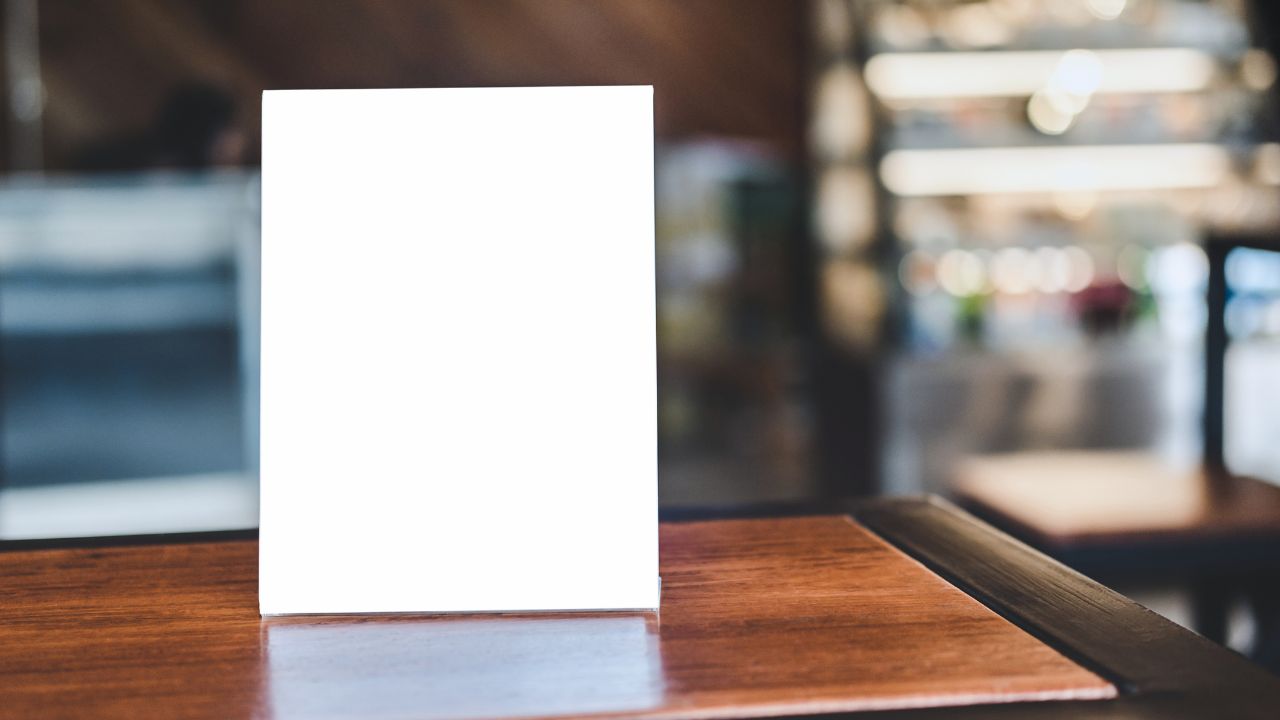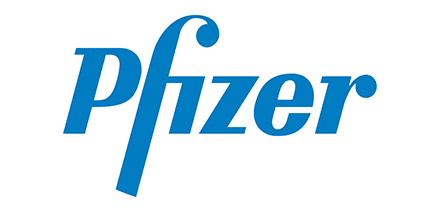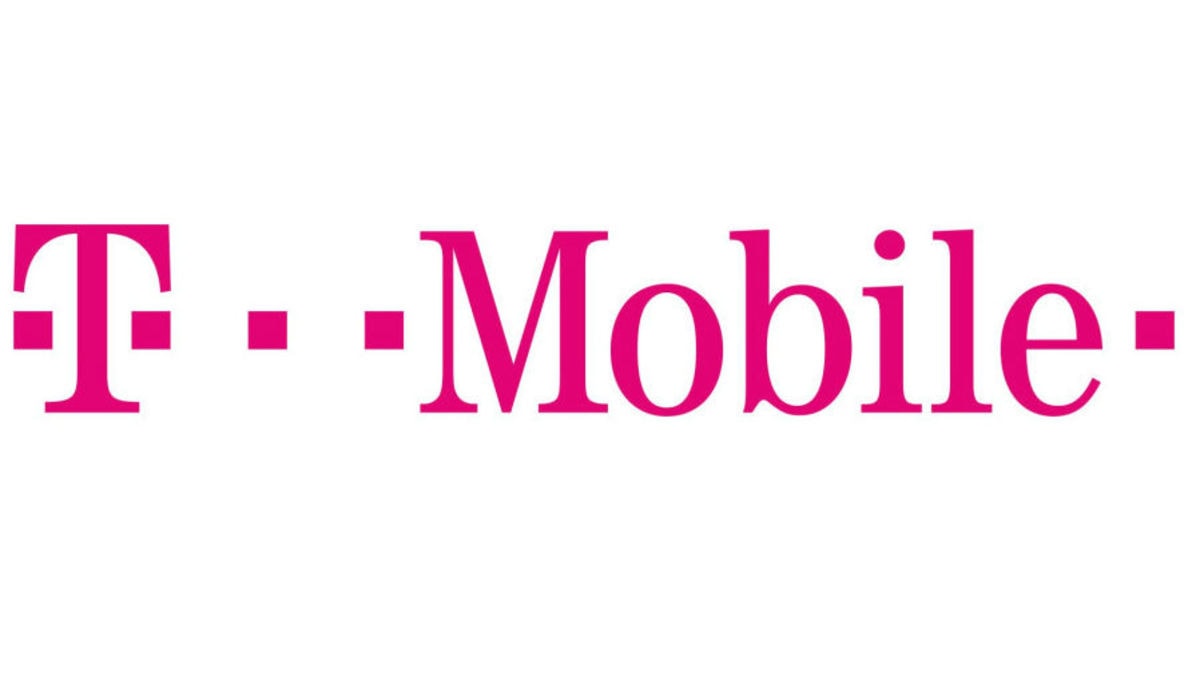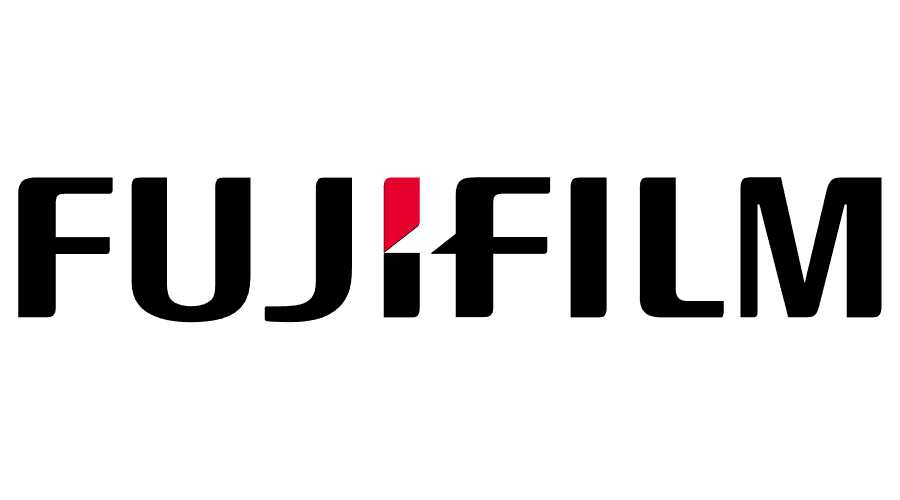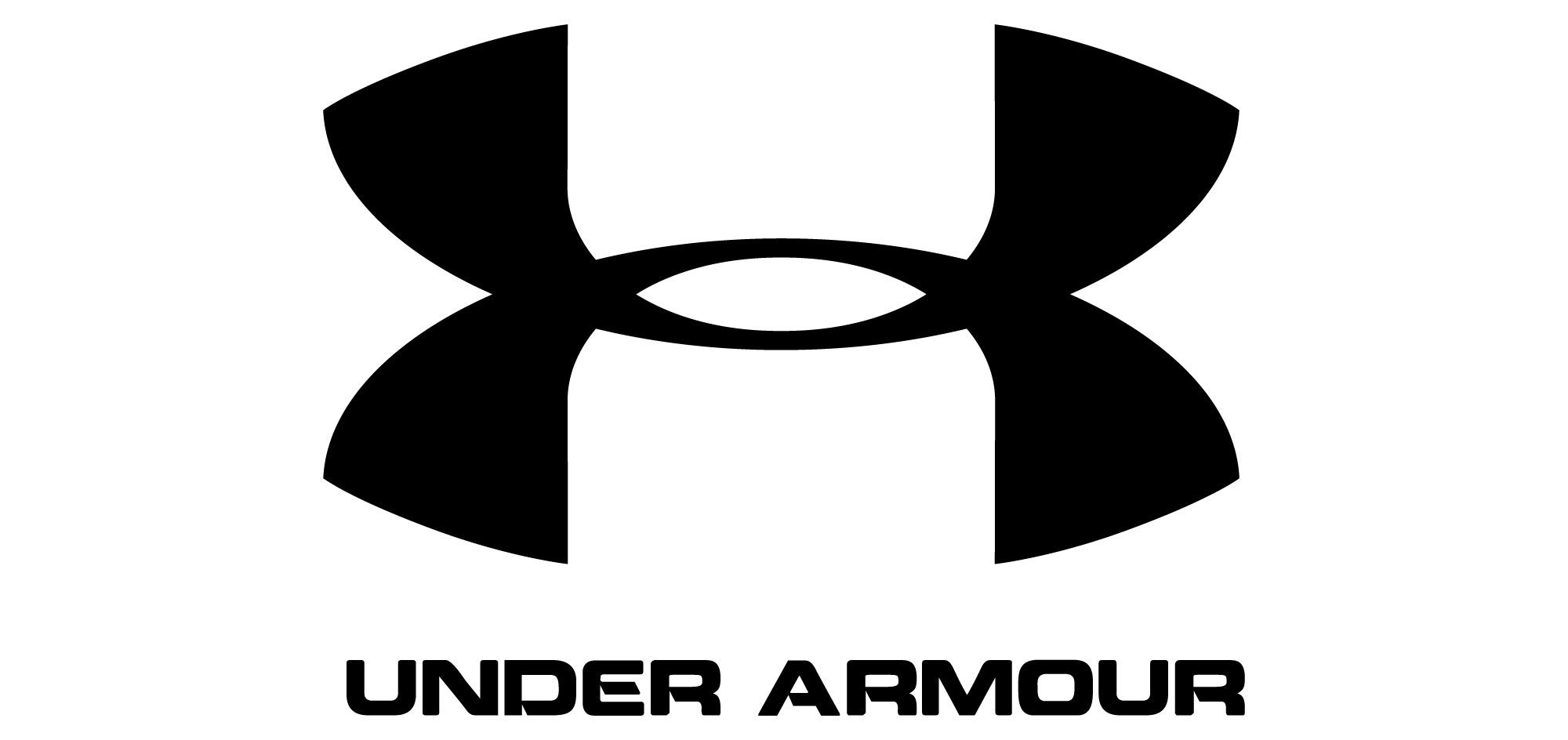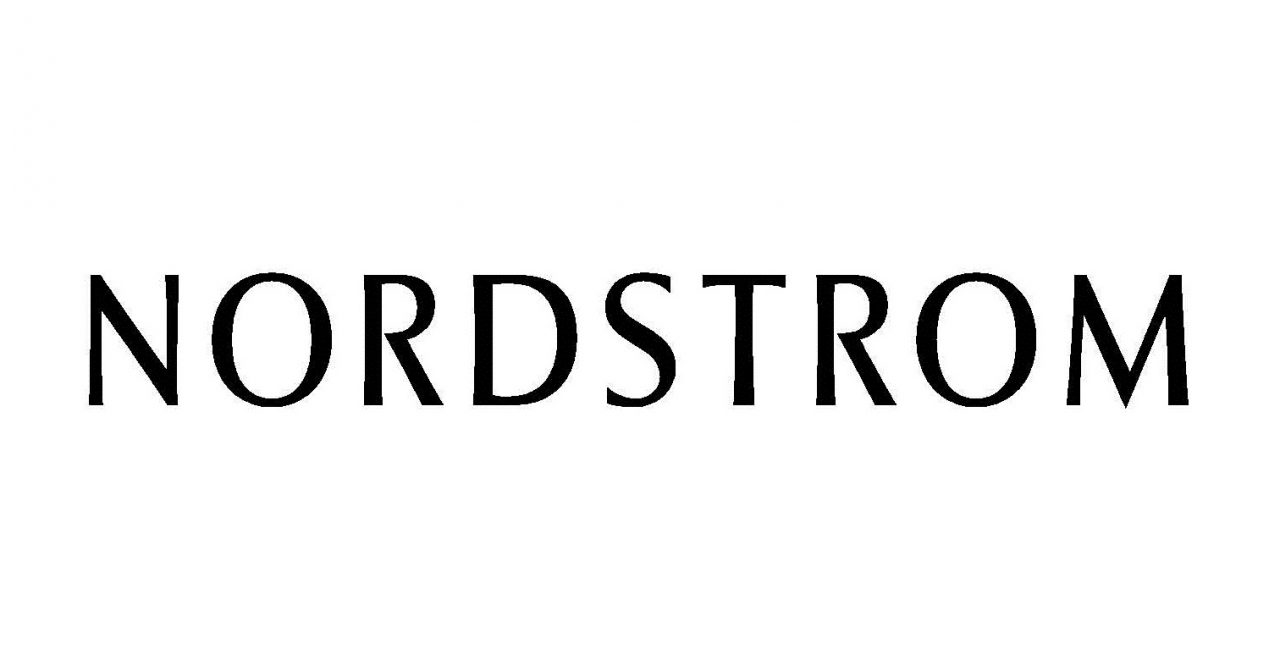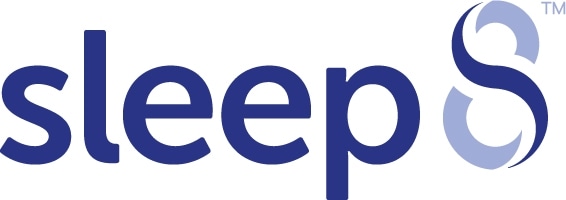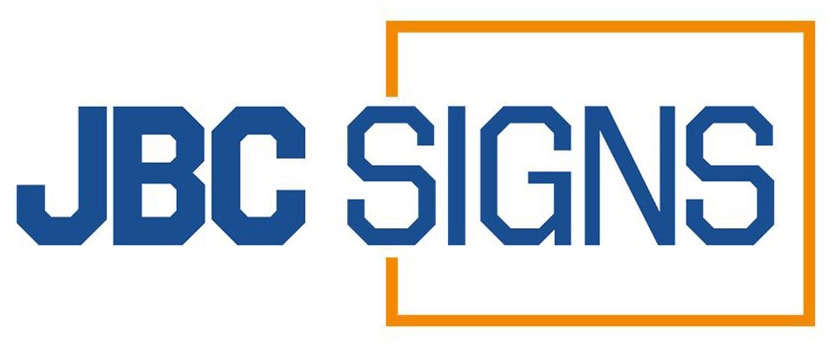Key Takeaways
- Acrylic vs plastic: Clear acrylic is more durable than glass due to its superior impact resistance.
- Acrylic signage & displays benefit from acrylic’s UV resistance and long-lasting clarity.
- Clear acrylic is lighter, making it safer and easier to handle compared to glass.
- Acrylic brochure holders and other display items made of acrylic are more durable and safer than glass alternatives.
- Acrylic offers slightly higher transparency than glass, making it a better choice for applications requiring clear visibility.
When it comes to choosing materials for acrylic signage & displays, one of the most common decisions is whether to go for clear acrylic or glass. Both materials are transparent and have their uses, but they also have distinct differences in terms of durability, safety, and cost.
Key points to Clear Acrylic vs. Glass and Which One is More Durable and Safer are:
- What Is Clear Acrylic
- Durability Comparison
- Safety Considerations
- Transparency and Clarity
In this article, we will explore the advantages and disadvantages of clear acrylic vs glass, comparing their transparency, strength, and overall safety. Whether you're designing custom sign holders or choosing materials for retail displays, understanding these differences can help you make an informed decision that best suits your needs.
What Is Clear Acrylic?
Clear acrylic is a type of plastic known for its optical clarity, durability, and versatility. It is often used as a replacement for glass in many applications due to its ability to offer the same transparency while being lighter and more resistant to impacts. Acrylic is a popular material for creating acrylic signage & displays, 24x36 sign holders, and 8x10 acrylic sign holders because of its clear finish and ease of customization.
Acrylic is made from a polymer called polymethyl methacrylate (PMMA) and can be shaped, molded, and cut into various forms. Acrylic is often preferred for indoor and outdoor signage because it is highly resistant to weathering, UV light, and cracking.
What Is Glass?
Glass, on the other hand, is a solid, non-metallic material that has been used for centuries. Unlike acrylic, glass is made from natural raw materials such as sand, soda ash, and limestone, which are heated to high temperatures until they form a solid, transparent sheet. Glass is known for its rigidity, hardness, and high clarity. It is often used in windows, mirrors, and display cases, including sign holders.
Glass is typically heavier than clear acrylic and more prone to breaking or shattering when subjected to impact. While it offers exceptional transparency, glass is less durable and can pose safety risks in certain applications.
Clear Acrylic vs Glass: Durability Comparison
1. Impact Resistance
- Clear Acrylic: One of the main advantages of clear acrylic over glass is its superior impact resistance. Acrylic is up to 17 times more resistant to impacts than glass, meaning it is much less likely to crack or shatter when dropped or struck. This makes it ideal for high-traffic areas and applications where safety is a concern. Products like 24x36 sign holders and 8x10 acrylic sign holders benefit from acrylic's ability to withstand bumps and accidental falls without damage.
- Glass: Glass, although strong in terms of surface hardness, is more fragile when subjected to impact. It is prone to breaking or shattering under force, which can create safety hazards, especially in public or high-traffic areas. If a glass sign holder were to break, it could pose a danger to people nearby due to sharp edges and glass shards.
Summary: Clear acrylic is significantly more durable than glass in terms of impact resistance, making it the safer and more reliable choice for acrylic signage & displays.
2. Scratch Resistance
- Clear Acrylic: Acrylic is more prone to scratches than glass, especially when exposed to abrasive surfaces or harsh cleaning products. However, acrylic is still relatively durable, and there are ways to protect it, such as using a UV-resistant coating or polishing the surface. Regular cleaning with a soft cloth can help preserve its appearance. Despite its susceptibility to scratches, acrylic still outperforms glass in impact resistance.
- Glass: Glass is much harder and less susceptible to scratches compared to clear acrylic. However, if glass does become scratched, it is often more difficult to repair or buff out than acrylic. Additionally, while glass may resist scratches better, it is more likely to shatter under impact, which presents a greater risk of injury.
Summary: While glass is more scratch-resistant than acrylic, clear acrylic offers greater overall durability due to its impact resistance.
3. UV Resistance
- Clear Acrylic: Acrylic is highly resistant to UV light, which means it won’t yellow or degrade when exposed to sunlight over time. This makes it a great choice for outdoor signage & displays or items that will be exposed to natural light. Acrylic signage & displays that are placed outside or in brightly lit environments will retain their clarity and color for much longer compared to glass.
- Glass: Glass does not have the same inherent UV resistance as acrylic. Over time, exposure to UV light can cause the glass to weaken, and certain printed or painted designs on glass may fade. Glass may require additional UV coatings to offer some level of protection, but it’s still less effective than acrylic in this regard.
Summary: Clear acrylic is far superior to glass when it comes to UV resistance, especially for outdoor signage or displays.
Clear Acrylic vs Glass: Safety Considerations
1. Weight and Handling
- Clear Acrylic: Acrylic is significantly lighter than glass, making it easier to handle, install, and transport. For example, an 8x10 acrylic sign holder is lightweight and can be easily mounted or displayed in various settings without requiring special tools or extra support. Its lightweight nature also reduces the risk of injury if the material is dropped.
- Glass: Glass is much heavier than acrylic, and its weight can make it challenging to move or install. Additionally, if glass breaks, it can create sharp edges, posing a risk of injury. Special care must be taken when handling glass, especially for large items like glass sign holders or display panels.
Summary: Clear acrylic is much safer to handle and install than glass, reducing the risk of injury due to its lightweight properties.
2. Breakage Risk
- Clear Acrylic: One of the most significant safety advantages of acrylic over glass is its resistance to breaking. Acrylic will bend under pressure but rarely breaks or shatters like glass. This makes it ideal for applications where safety is a concern, such as in schools, hospitals, or public spaces. For instance, acrylic brochure holders are less likely to break compared to their glass counterparts.
- Glass: As mentioned earlier, glass is prone to breaking or shattering under impact, creating safety hazards. If glass breaks, the shards can cause serious injuries. This is why glass sign holders are generally used in low-traffic areas or when additional safety measures, such as tempered glass, are used.
Summary: Clear acrylic is safer than glass because it is much less likely to break or shatter, making it a better choice for environments that prioritize safety.
Clear Acrylic vs Glass: Transparency and Clarity
When it comes to clarity, both acrylic and glass offer excellent transparency. However, there are subtle differences:
- Clear Acrylic: Acrylic provides up to 92% light transmission, which is slightly higher than most glass materials. Acrylic maintains its clarity and brilliance over time, even in outdoor conditions. Acrylic signage & displays are ideal for environments where clear visibility is essential, such as in retail or exhibitions.
- Glass: Glass also offers high transparency, often providing 90-92% light transmission, making it suitable for most clear display purposes. However, over time, glass may begin to show signs of aging, such as scratching or discoloration, which can affect its appearance.
Summary: Both materials offer excellent transparency, but clear acrylic provides slightly higher light transmission and can maintain its clarity for longer.
Acrylic is the Superior Choice
In the acrylic vs plastic debate, clear acrylic stands out as the more durable, safer, and more versatile choice compared to glass. Whether you’re looking for acrylic signage & displays, 8x10 acrylic sign holders, or acrylic brochure holders, acrylic provides better impact resistance, UV protection, and weight advantages. It also offers superior safety features, making it a better choice for environments that demand durability and clarity.If you are looking for high-quality acrylic signage & displays, Display and Holders offers a wide range of acrylic products, including custom acrylic custom signs and acrylic holders for brochures, designed to meet your specific needs. Explore our collection today to discover durable, clear, and safe acrylic solutions for your business.

